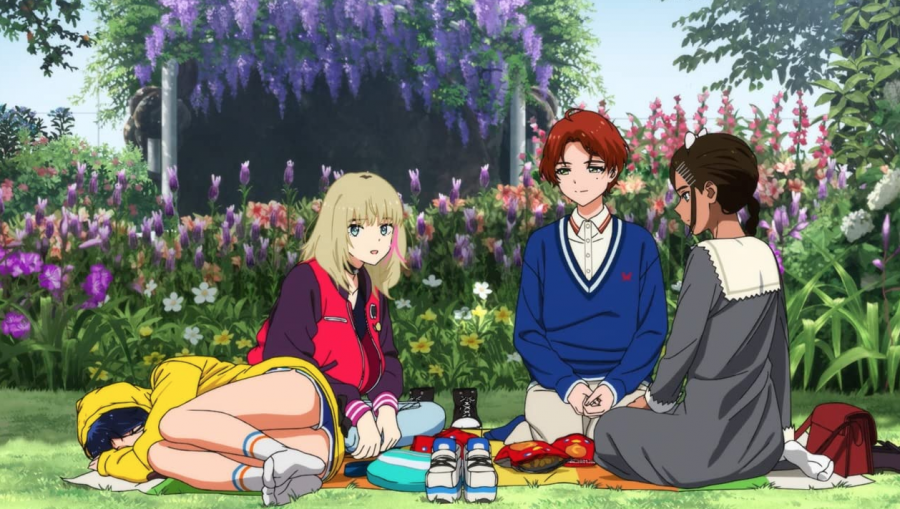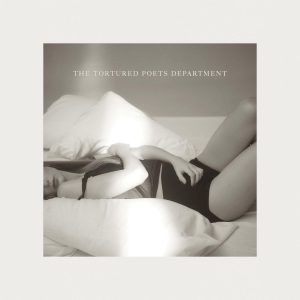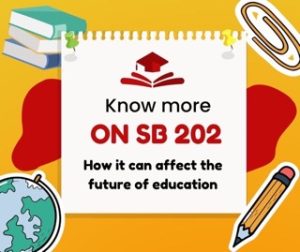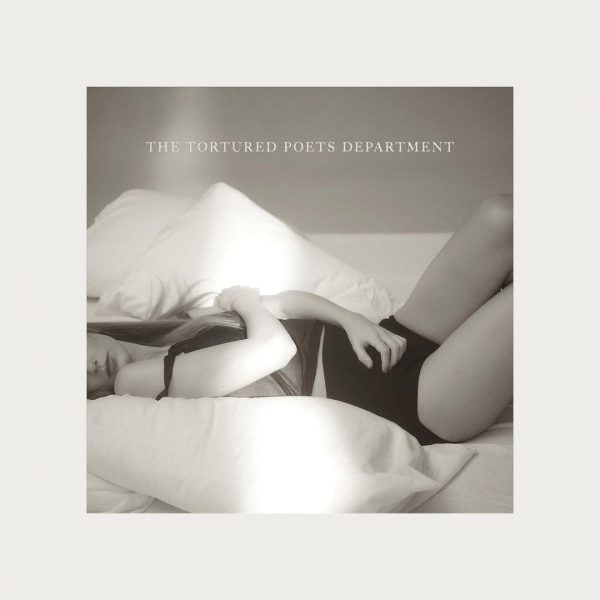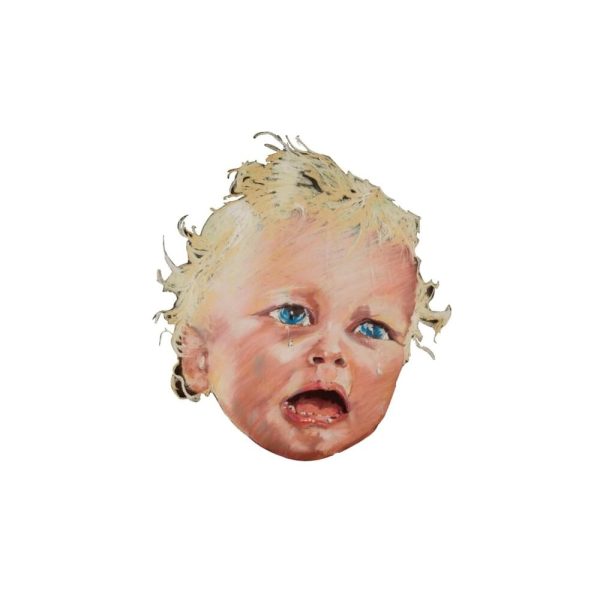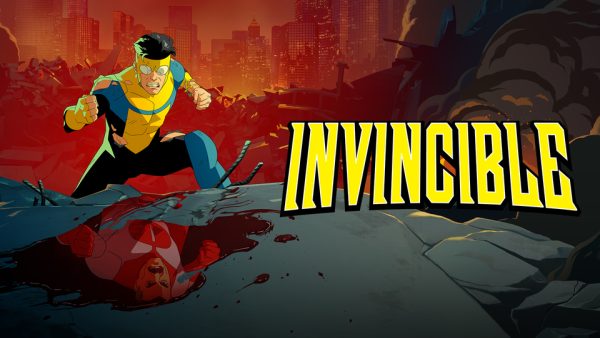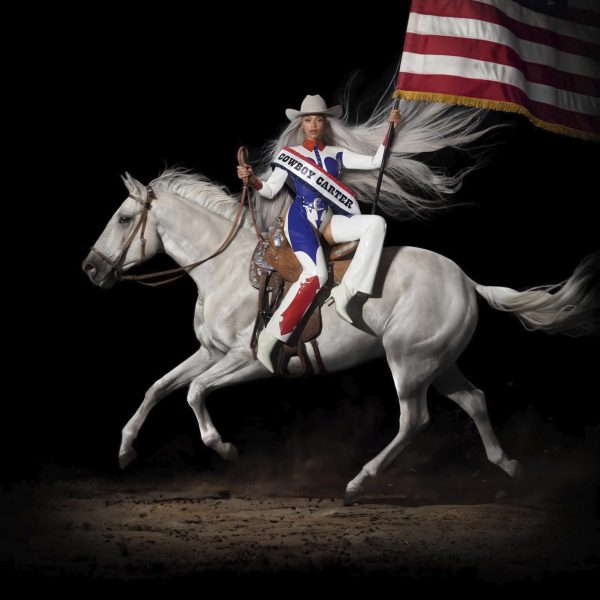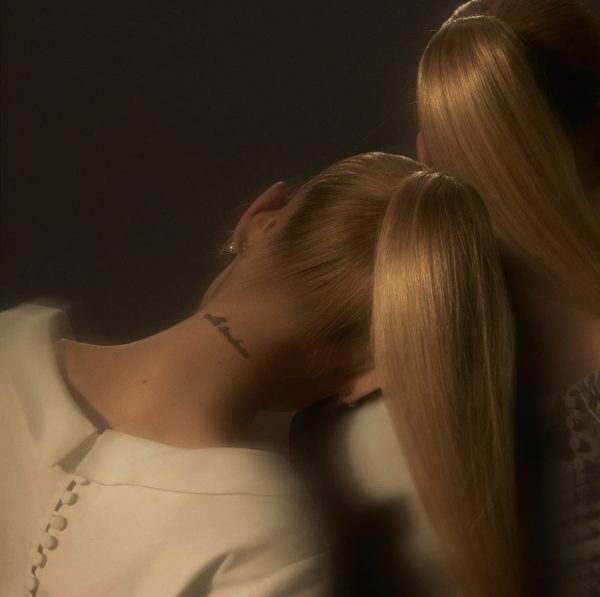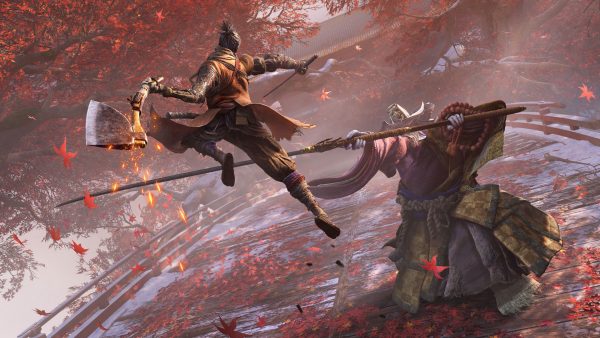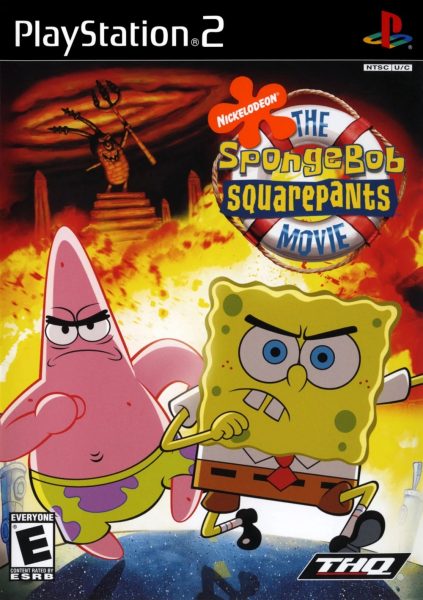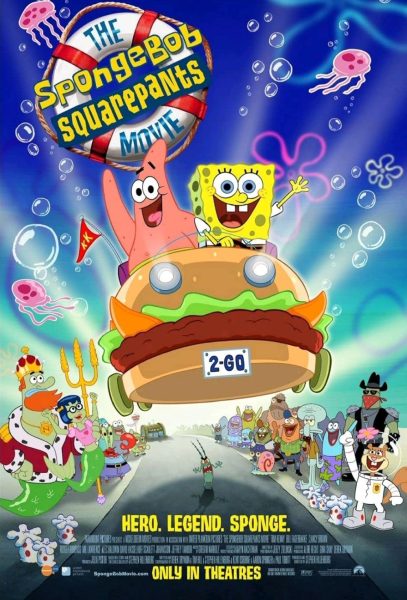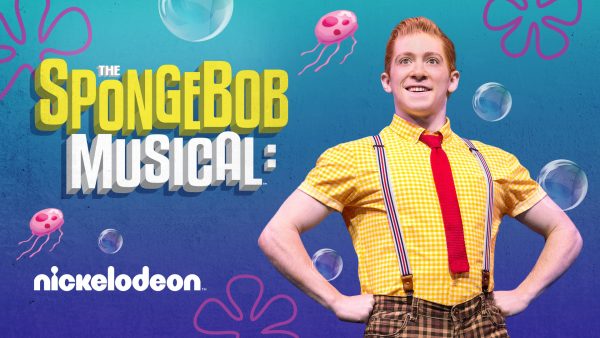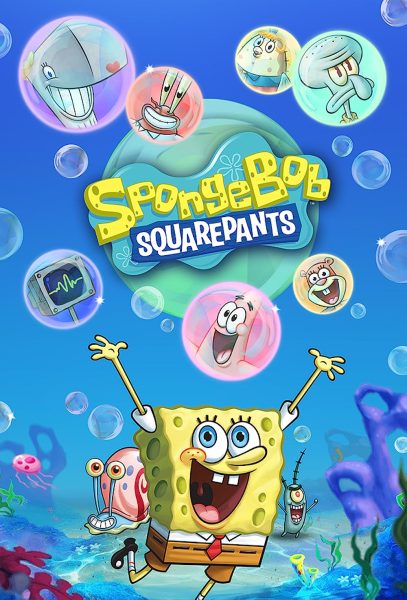“Wonder Egg Priority” tackles mental health in a unique way
Ai Ohto, Rika, Momoe and Neiru having a picnic in the Winder Egg Dimension. “Wonder Egg Priority” is a 2021 anime that focuses on mental health.
November 16, 2021
I wasn’t sure what to expect going into the 2021 anime “Wonder Egg Priority.” What do the words wonder, egg and priority have to do with one another?
The title suggested something whimsical, and the show certainly is, but it also deals with heart-wrenching topics that left me in tears by the final episode.
“Wonder Egg Priority” follows Ai Ohto (Kanata Aikawa), a fourteen year old girl whose friend, Koito, recently died from suicide. Ai is afraid to return to school and face her suspicions about the reasons behind her friend’s death. Completely isolated and unable to leave her bed, Ai begins to have strange dreams.
In them, Ai is transported to the “lobby” of the Wonder Egg dimension, where she purchases an egg and is taken to a school setting. When Ai cracks the egg, it produces a girl Ai’s age and releases creatures known as Seeno Evils, Haters and Wonder Killers. Seeno Evils represent bystanders to abuse, and Haters are evolved Seeno Evils that have grown too contemptuous and jealous.
Wonder Killers are the main bosses and unique to each egg, whereas the other creatures do not change from egg to egg. The creatures represent trauma, obsessions, abusers or other conflict in the lives of the hatched girls, who lost their own lives to suicide in a different dimension.
It is up to Ai to protect the hatched girls, help them realize their victimization and confront the Wonder Killers. By doing so, the creators of the dimension tell her she can save Koito.
She is soon joined in the dimension by three other girls named Neiru (Tomori Kusunoki), Momoe (Hinaki Yano) and Rika (Shuka Saitō). She finds they exist in the real world, and like Ai, they all have lost someone to suicide. The girls quickly become friends, and with the help of the Wonder Egg dimension, learn the importance of bravery in the face of oppression and abuse.
I was initially drawn to “Wonder Egg Priority” for its stunning animation style and character design. Each of the four main characters are visually charming in their own way.
It is hard not to stare at the non-human creatures from the Wonder Egg dimension, each designed creatively to reflect the issues or specific abusers they represent. The animation movement is fluid and the scenery design is mesmerizing.
Anime traditionally uses 2-D animation, but for effect, “Wonder Egg Priority” utilizes a style of animation that creates a three-dimensional view of characters. I have always disliked this art style as it always feels uncanny and out of place, but the show uses it purposely by only applying this style to the creepy Seeno Evils.
“Wonder Egg Priority’s” greatest value lies in the message it shares with viewers.
Ai struggles with standing up for both herself and Koito against bullies. She learns in the Wonder Egg dimension the danger of looking the other way when someone is hurting or in danger. “Wonder Egg Priority” shows that reaching out to people who are hurting, or for help when you need it, may completely change someone’s life for the better.
More strongly than anything else, “Wonder Egg Priority” emphasizes there is no situation in which victims are to blame for what has happened to them, and with the right kind of support, they can take power away from abusers.
It addresses issues honestly but with sensitivity. While I don’t personally think the show is unnecessarily graphic, looking into the content warnings for the show may be necessary if you struggle with viewing heavier topics in film.
The first ten episodes were phenomenal in terms of animation, soundtrack, storytelling, creativity and handling of serious topics. However, the last two episodes take a sharp turn with the plot.
The show suddenly shifts in the final episodes to the science and mystery behind the Wonder Egg dimension. Episodes 11 and 12 include a backstory and a rather abrupt, confusing final fight in the wonder egg dimension. It leaves the character arcs of Ai, Rika, Momoe, Neiru and a new character, Frill (Megumi Yamaguchi), completely unresolved.
It was a promising conclusion conceptually, and I enjoyed the new characters and shift in tone for the final episodes. Unfortunately, there simply wasn’t enough time in each episode to introduce an entirely new arc. Viewers are left with an extremely vague resolution and a desperate need to know more.
The final episodes aren’t a complete waste. In my opinion, they are the most visually stunning episodes of the entire show.
With the anime genre growing more and more popular, I feel this medium can be used as a powerful tool to create more works like “Wonder Egg Priority” addressing serious issues.
“Wonder Egg Priority” has a powerful message, stunning visuals and a loveable cast of characters. Had it not been for the incredibly weak ending, the show may have been one of the best new anime to come out of 2021.
All there is to do now is hope for a second season.

